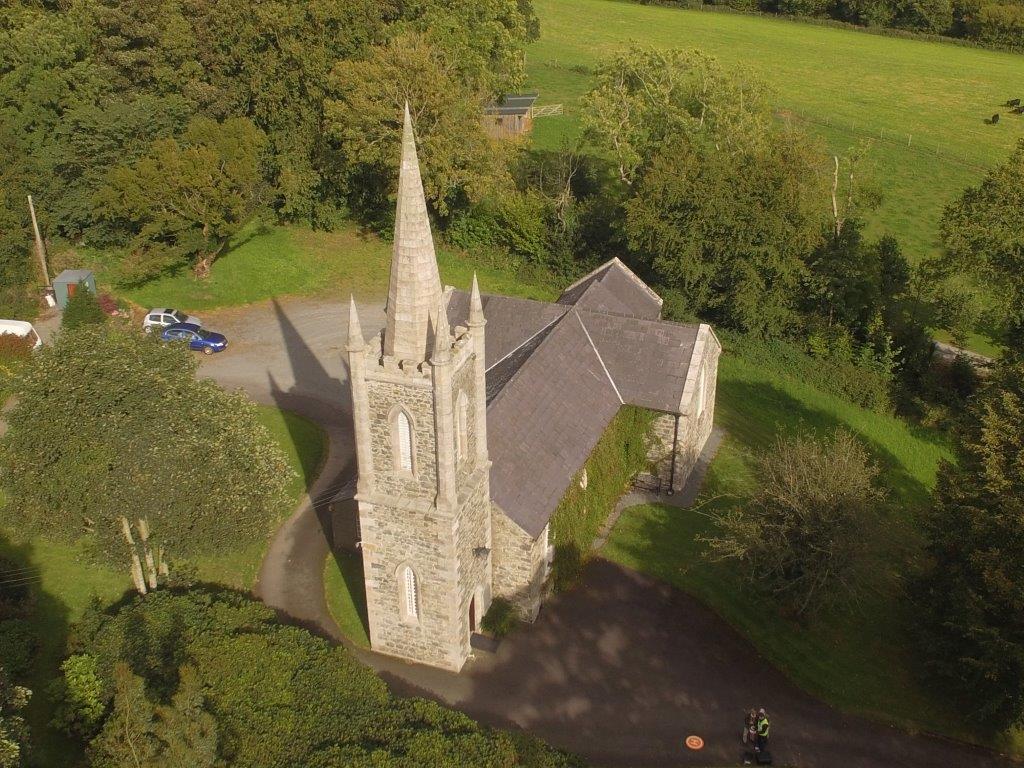
History of Inch Parish Church
A European Heritage listed property
This church was built in 1730, fronting what was then the coach road from Belfast to Downpatrick. The land was donated by the Maxwell family, originally from lowland Scotland, who lived on the adjoining Finnebrogue estate of, at that time, c. 9,000 acres and employed about 275 workers. Set in magnificent parkland, the house was built in the early 1660s. It is large and most impressive. In fact, it is oldest still lived in, house in Ulster.
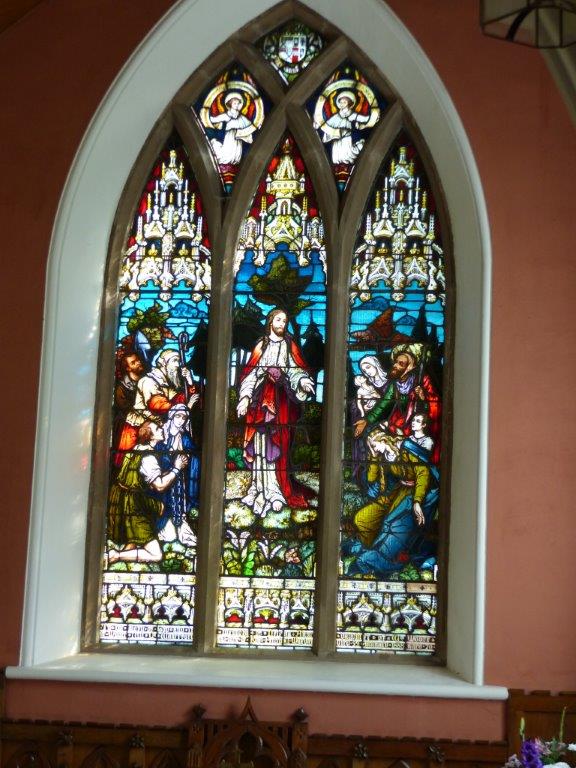
The first Maxwell to arrive in the area was Robert Maxwell. He was in Holy Orders and in 1610 was ordained Dean of Armagh. One of his sons, Henry, married Jane, eldest daughter of Bishop Echlin (also Scottish) and thus he inherited the Finnebrogue estate. Henry’s brother, Robert, married Jane’s sister, Margaret and he himself became Bishop of Kilmore in 1643.
In the mid 1800’s the Maxwells married into the Percevals, a landed family from Waterford and Temple House, Sligo. In the 1850’s the Perceval Maxwell estate employed 75 full time staff & 200 labourers. However, following the first of The Land Acts in 1870, dealing with the re-distribution of land, the estate was reduced to about 1,000 acres.
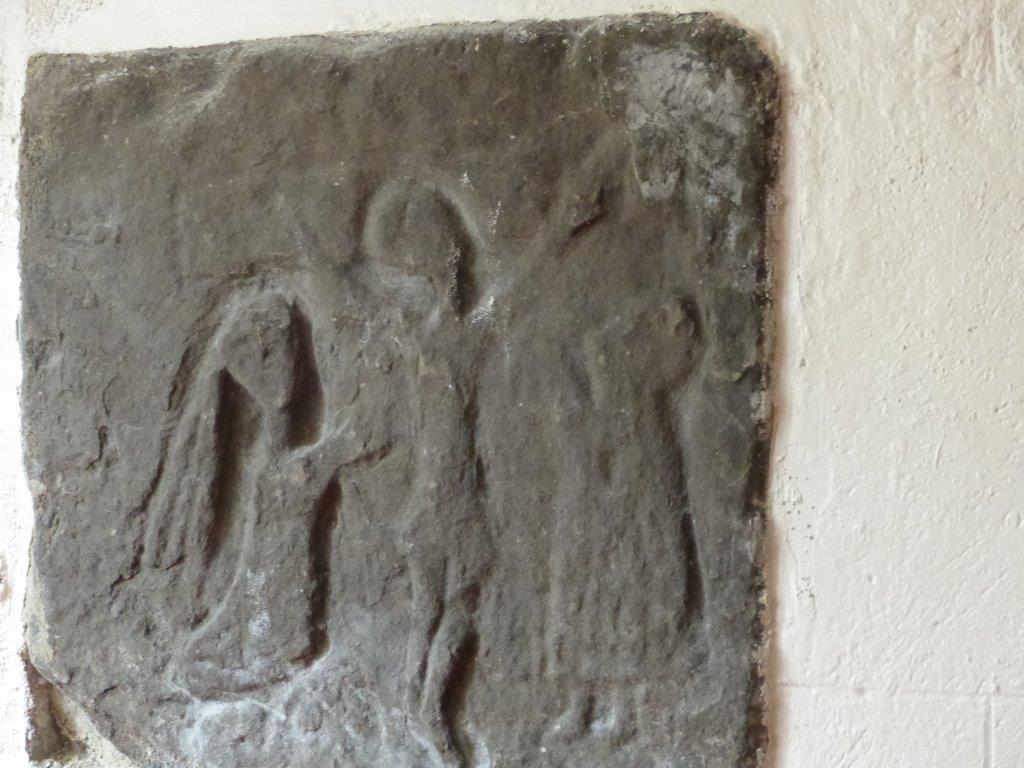
The church was extended in 1828 and the tower and spire added. Its delightful interior contains an unusual red fossil marble baptismal font and communion table:- alternatively, these may have been made from a reddish limestone, quarried at Castle Espie, near Comber. These were given by Mrs Jane Maxwell, nee Chichester, soon after the church was built. On the wall at the back of the church is an ancient medieval stone plaque, depicting the crucifixion scene and had been previously embedded over the door of the original church.
The original church, which was built in 1609, soon after the Plantation of Ulster, is located about 1 ½ miles south of here on land adjoining Inch Abbey. The parish graveyard and footings of the old church remain in that historic location: – well worth seeing.
Inch Parish Graveyard & Site of the original church
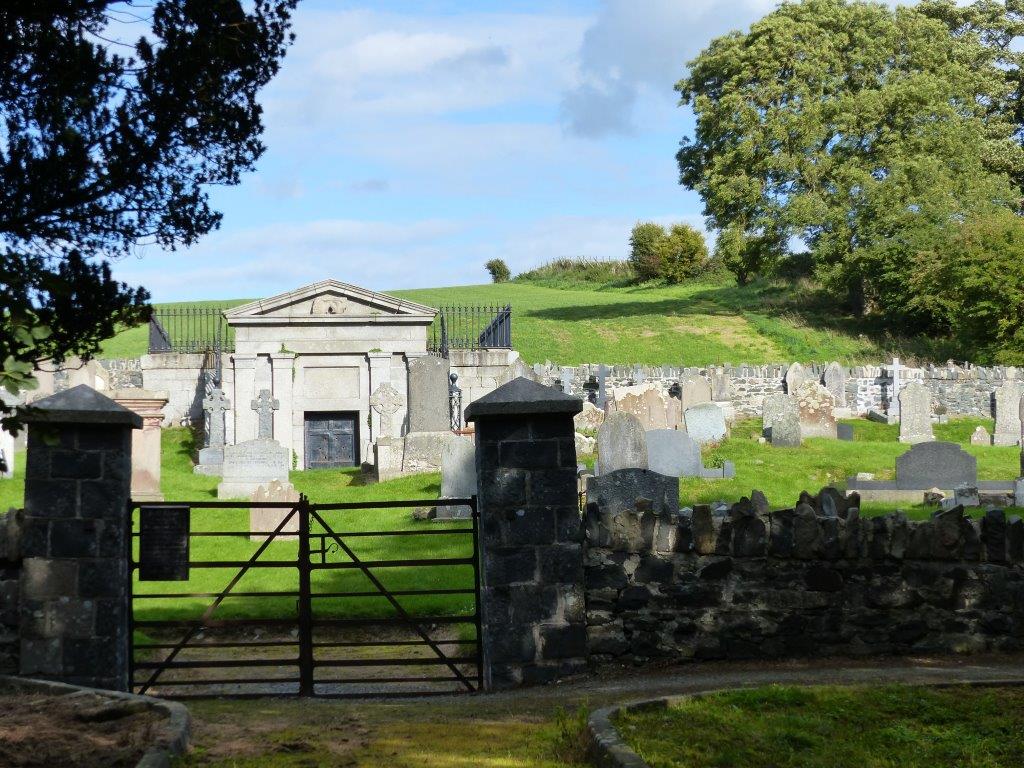
This graveyard and its church were established here in 1609, around the time of the Plantation of Ulster, with many settlers coming to this area from Scotland. By Charter of King James 1, the first Rector was Rev. John Christian M.A. Sir John Melville, from Fife in Scotland and friend of the King, was buried here in 1628. In 1662 Hellen, grand-daughter of Robert Maxwell from Roxburghshire, died at the age of 22 and was buried here. 1662 must have been a sad year for the Maxwell family as, the month after Hellen died, her sister, Margaret (Wauchope), also died at the age of 24. The gravestones of the two sisters are located immediately in front of the Maxwell Mausoleum which was built, later, in 1860 and incorporates several earlier Maxwell graves.
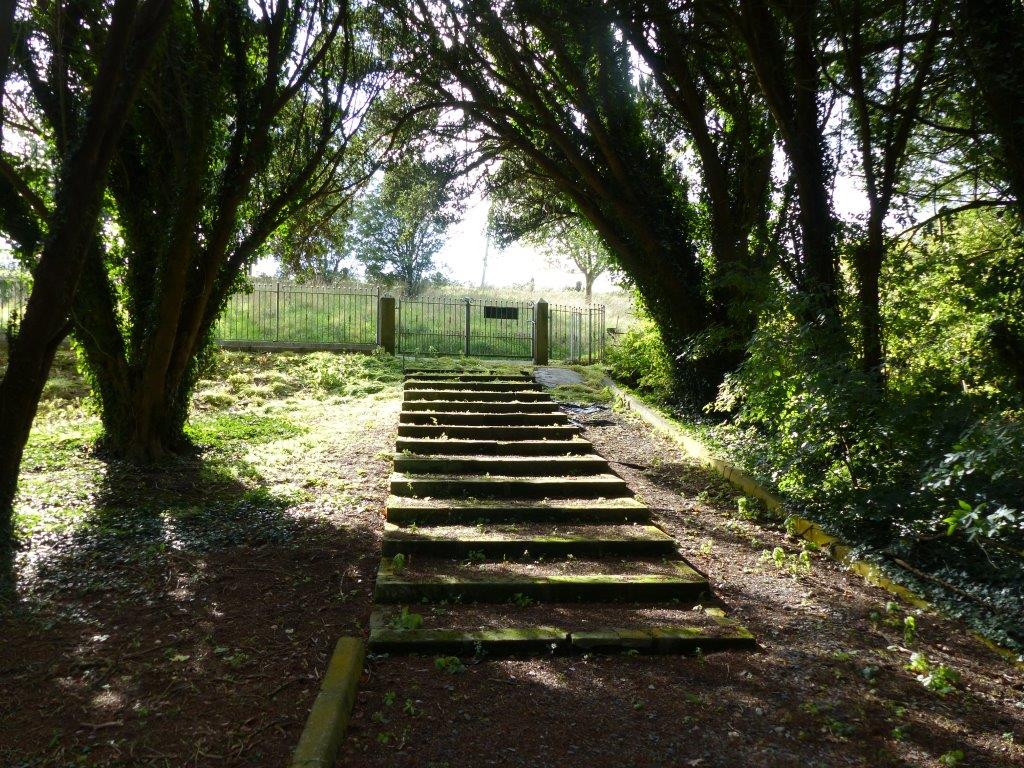
One of the many graves is that of Sir Richard. He was Sir Winston Churchill’s right-hand man throughout the war and the man who conceived & set up the famous “war rooms” beside Whitehall. Sir Richard was a descendent of The Reverend John Pim, rector of Inch around 1870.
The foundations of the original church can be seen beside the mausoleum.